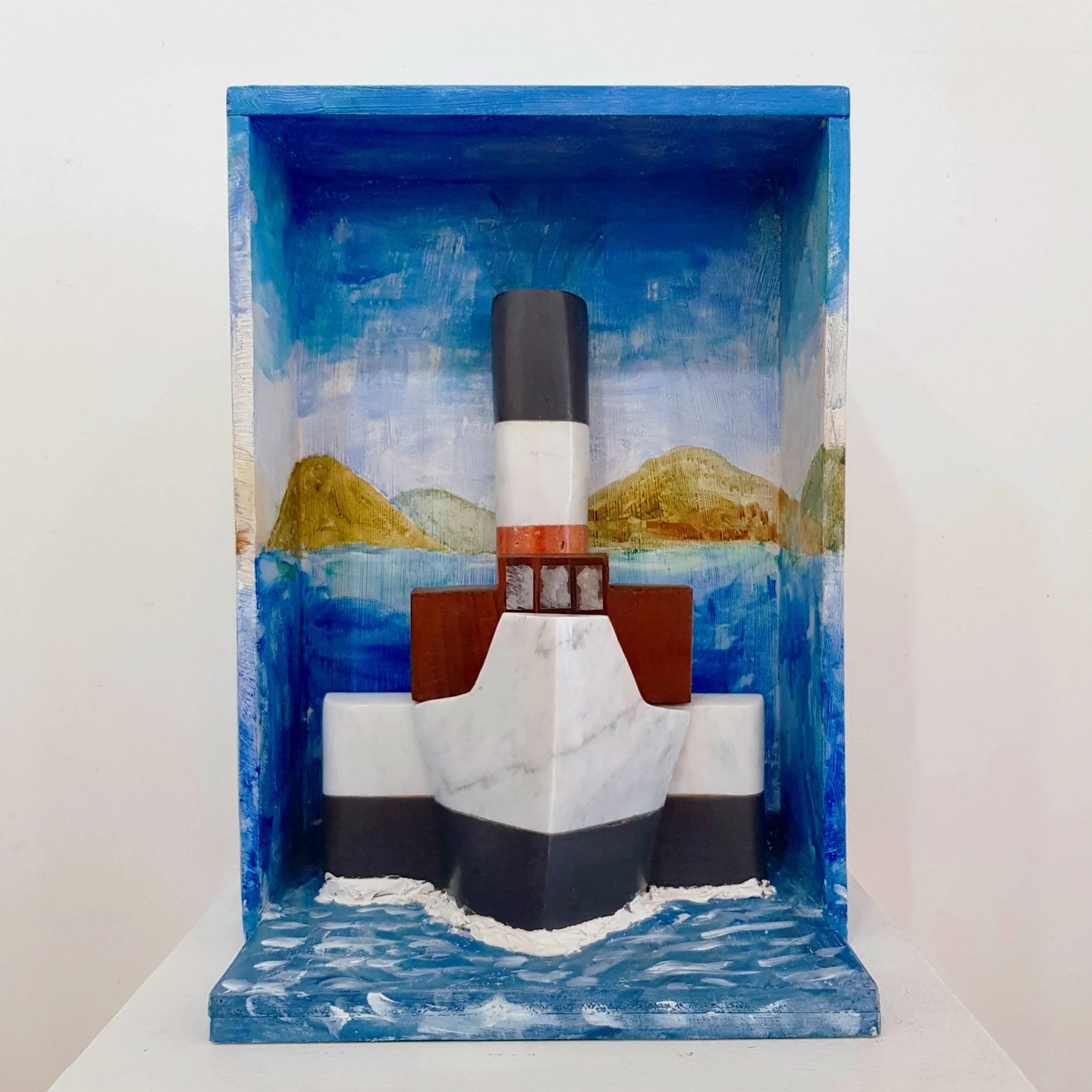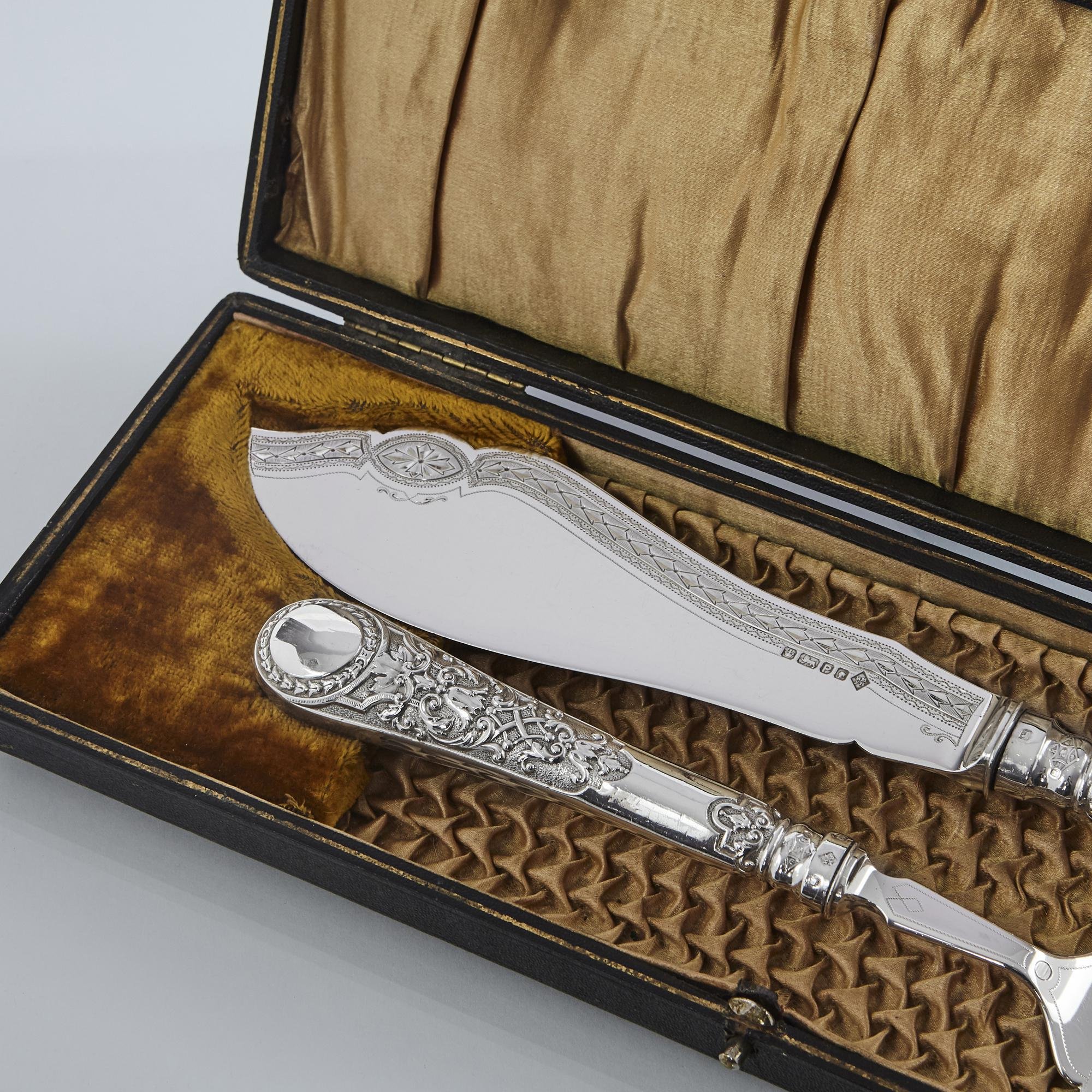Collecting Cartography
11 August 2022
Ready for a 20th century map collection? Perhaps it is not quite time to move on from the skill and expertise of the 17th century map-makers.
Alexander Larman
Alexander Larman is the author of several historical and biographical titles including The Crown in Crisis & Byron’s Women. He is books editor of The Spectator world edition and writes regularly about literature and the arts for publications including The Observer, Prospect, The Chap and the Daily Telegraph.
Blaeu’s Map of Kent, 1646. Copper engraving, 38.5 x 53 cm, original hand-colour. German text on verso.
Available from Bryars and Bryars.
In his poem ‘On First Looking Into Chapman’s Homer’, Keats describes his giddy thrill at first encountering the Elizabethan poet George Chapman’s free translation of Homer. He writes evocatively about how:
‘Much have I travell'd in the realms of gold,
And many goodly states and kingdoms seen;
Round many western islands have I been
Which bards in fealty to Apollo hold.
Oft of one wide expanse had I been told
That deep-brow'd Homer ruled as his demesne;
Yet did I never breathe its pure serene
Till I heard Chapman speak out loud and bold’
A similar sense of wide-eyed wonder can be found by viewing the maps produced by Chapman’s near-contemporaries John Speed, Michael Drayton and Christopher Saxton. Their cartographical representations of English counties and the wider world alike are a riot of ornamentation and artistic licence, where terrifyingly drawn sea monsters menace sailing ships and where individual cities appear in detailed form. At the time of their publication, they were considered cutting-edge both in their topographical achievement and in their aesthetic quality, and they still are held up as the exemplar of what an antique map should look like.
Yet the prices that they fetch, although far from cheap, are a fraction of what a contemporary painting would sell for. The Cecil Court antiquarian map and bookseller Tim Bryars, of Bryars and Bryars, is currently offering a 1676 printing of Speed’s Lincolnshire for £650, a 1637 Saxton-William Kip edition of Dorset for £325 and a 1646 Johannes Blaeau representation of Kent for £650. Yet, as Bryars tells me, this also reflects the demand that individual counties, and countries, hold. ‘Within the UK there is plenty of demand for counties such as Cornwall, Sussex and Lancashire, but I can't remember the last time anyone asked me for my home county of Staffordshire. The story is similar internationally. There’s plenty of interest in the mapping of the Americas and forming a comprehensive collection would require deep pockets, but although a great deal of important 16th/17th century mapping came out of the Low Countries there is more than enough material available to satisfy demand, and maps of the region remain - mostly - very affordable. Plenty of collectors for Cyprus, very few for Denmark.’
The 17th century has often been called the ‘Golden Age’ of map production, thanks to the luxuriant details that the cartography merits. Yet, as Bryars says, ‘These maps were bread and butter for earlier generations of dealers and indeed the only maps taken seriously by earlier generations of curators and collectors - at least, the only maps they were prepared to spend serious money on - but there has been a necessary rebalancing in recent years. Rare and historically important 19th and 20th century maps now receive the attention they deserve.’ This does not mean that the Golden Age is purely a decorative one. Bryars comments that I'm pleased to see a revival in interest in older material, but I don't think it's driven purely by aesthetics. There's a wealth of new research available which makes it much easier to place these maps in their historical context.’
Staffordshire — Hutchings’ large-scale map of Staffordshire. By PHILLIPS, J & HUTCHINGS, W. F., 1832
Available from Daniel Crouch Rare Books.
But what of the famous sea monsters, adding both lustre and interest to any map? Bryars assures me that they’re not just there for fanciful – even superstitious – reasons. ‘There's a whole iconography of sea monsters - see, for example, Van Duzer's 'Sea Monsters', published by the British Library. Some are genuine attempts to show real sea creatures, such as whales; others are drawn from other sources, including mythology. Nothing is there by chance. Maps were luxury objects and one would expect some ornamentation, but generally there's a purpose to it. Sometimes it's practical - some sea charts illustrate different types of vessel in different waters to help the reader identify which part of a coast he's on ('see one of those you are in the right place'). Sometimes it's political - there's a reason ships are flying the Dutch flag on Dutch maps, it's often emphasising the right of Dutch ships to be in those waters. And the ornamentation gives a flavour of a place, with vignettes copied from appropriate travel books or similar sources.’
As for accuracy, the maps of the period are, according to Bryars, surprisingly dependable. ‘There were considerable advances in technology and technique in the Tudor era, and there were printed books on the subject to educate surveyors, who had plane tables, theodolites and other instruments. The rest is geometry/trigonometry.’ Yet there were omissions too, sometimes close to home. ‘The more remote the area, the dodgier the mapping. It doesn't have to be the northwest coast of north America or Antarctica. Cardigan Bay didn't make it onto the map until Ortelius printed Humphrey Lhuyd's map of Wales in Antwerp in 1573.’
You might have thought that complete atlases of these maps were the Holy Grail for collectors, but Bryars disagrees. ‘Given the sums involved, they usually need to be complete, in good condition, and in fine/contemporary bindings or with interesting provenance. The value of an atlas is supported by the value of the maps it contains, so only fairly wealthy collectors and institutions (and dealers) can afford them. Understanding maps in their original context - as part of an atlas - is important, but so is drilling down into a particular place or period, and that's more accessible, financially, for most people.’
The beautifully illustrated and historically fascinating maps of the 17th century are never likely to pass out of fashion. Both vital documents of their period and peerless decorative artworks, they remain hugely desirable for collectors. Yet, to the true aficionado of topography, it’s another period altogether that may yet prove the most significant. When I ask Bryars what he thinks was the peak of cartography, he replies ‘In some ways the 20th century - more maps printed then than in any other period, and they reached into every aspect of daily life. So not necessarily Golden Age Amsterdam!’ Start collecting now, before it’s too late.































